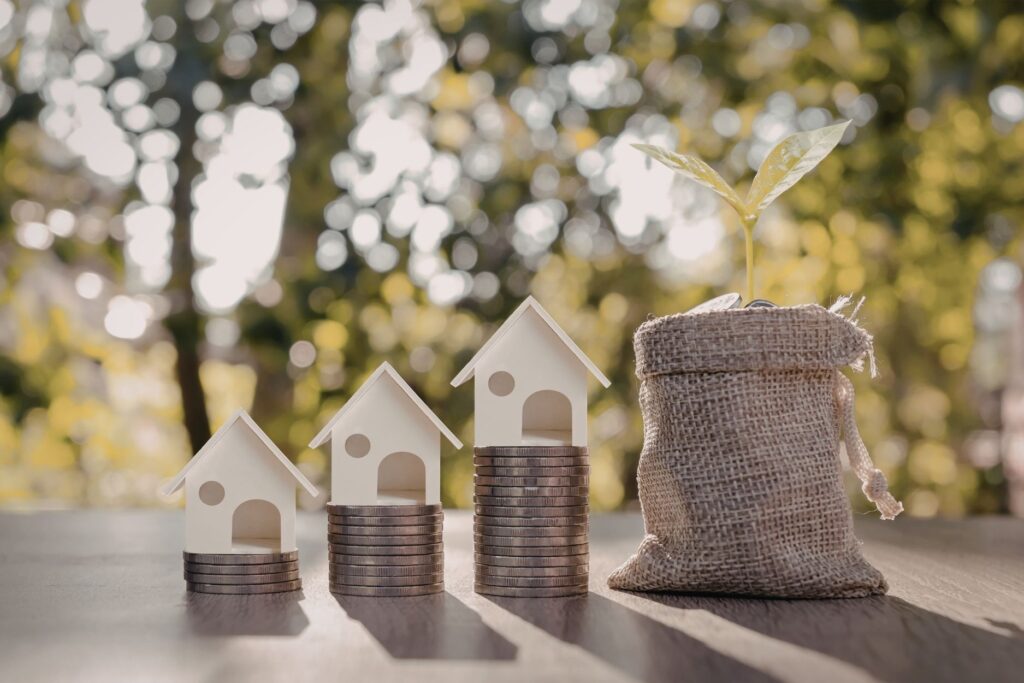Smithfield, an area steeped in Birmingham’s industrial heritage, stands on the brink of an ambitious transformation, signalling a new era in the city’s urban renaissance. This historic district, once renowned for its bustling markets and vibrant trade, is poised to become the centrepiece of Birmingham’s regeneration efforts, blending its rich past with a vision for a sustainable and dynamic future. As plans to revitalise Smithfield gain momentum, TK Property Group eagerly anticipates the unveiling of a project to redefine Birmingham’s urban landscape.
The Vision for Smithfield
The masterplan for Smithfield’s regeneration is a bold reimagining of urban living, commerce, and community. Central to this vision is the creation of a mixed-use development that harmoniously integrates residential, commercial, and public spaces. The proposal includes the construction of thousands of new homes, designed to meet a wide range of needs and preferences, ensuring accessibility and affordability, including Smithfield House. Complementing these residential units will be a variety of commercial properties, from retail outlets and cafes to office spaces, fostering a bustling economic environment.
Public realm improvements are a cornerstone of the Smithfield project, with plans to enhance pedestrian pathways, create green spaces, and introduce cycling lanes, making the area more accessible and environmentally friendly. The development aims to celebrate Birmingham’s cultural diversity, incorporating venues for arts, entertainment, and community events, which will enrich the city’s social fabric.
Economic and Social Implications
The revitalisation of Smithfield is expected to have profound economic and social implications for Birmingham. Economically, the project promises to generate significant investment, create jobs, and stimulate local businesses, contributing to the city’s overall prosperity.
Socially, Smithfield’s transformation is designed to foster a sense of community and belonging, providing spaces where residents and visitors can engage with the arts, culture, and each other. The development’s emphasis on sustainability and green living also aligns with broader environmental goals, setting a precedent for future urban regeneration projects.
Challenges and Opportunities
Despite the optimism surrounding Smithfield’s redevelopment, the project faces several challenges, including funding uncertainties, the complexity of integrating new constructions with existing structures, and ensuring the development meets the community’s diverse needs. Addressing these challenges will require collaborative efforts, innovative solutions, and sustained engagement with all stakeholders.
However, Smithfield’s rebirth also presents numerous opportunities. For developers and investors, it offers a chance to be part of a landmark project with potential for substantial returns. For local authorities, it’s an opportunity to demonstrate leadership in sustainable urban development and community engagement. And for the community, it represents the promise of a revitalised district that honours its history while embracing the future.
Looking Forward
As Birmingham prepares to unveil the future of Smithfield, the excitement is palpable. The project is not just about buildings and infrastructure; it’s about creating a vibrant, inclusive, and sustainable community that will serve as a model for urban regeneration. By drawing on the area’s historical significance and focusing on the needs of future generations, Smithfield’s redevelopment embodies the spirit of Birmingham’s ongoing renaissance—a city that respects its past while boldly moving forward.
In the coming years, Smithfield will undoubtedly become a focal point in Birmingham’s urban landscape, a testament to the city’s resilience, innovation, and commitment to creating a better future for all its residents. As this historic district is reborn, it will continue to weave its narrative into the fabric of Birmingham, reflecting the city’s ambitions and its people’s aspirations.









